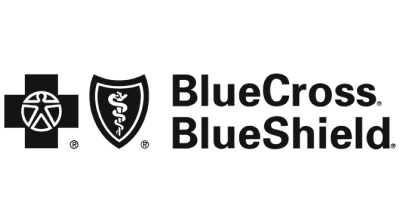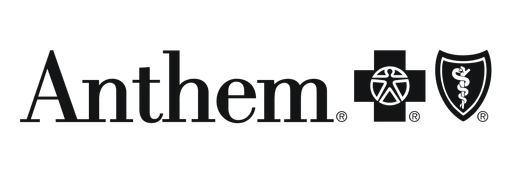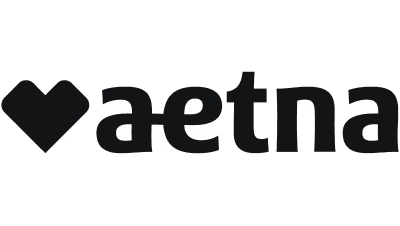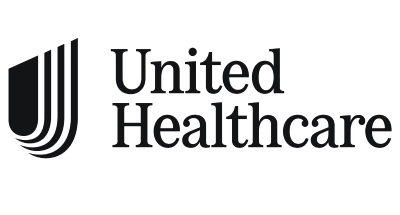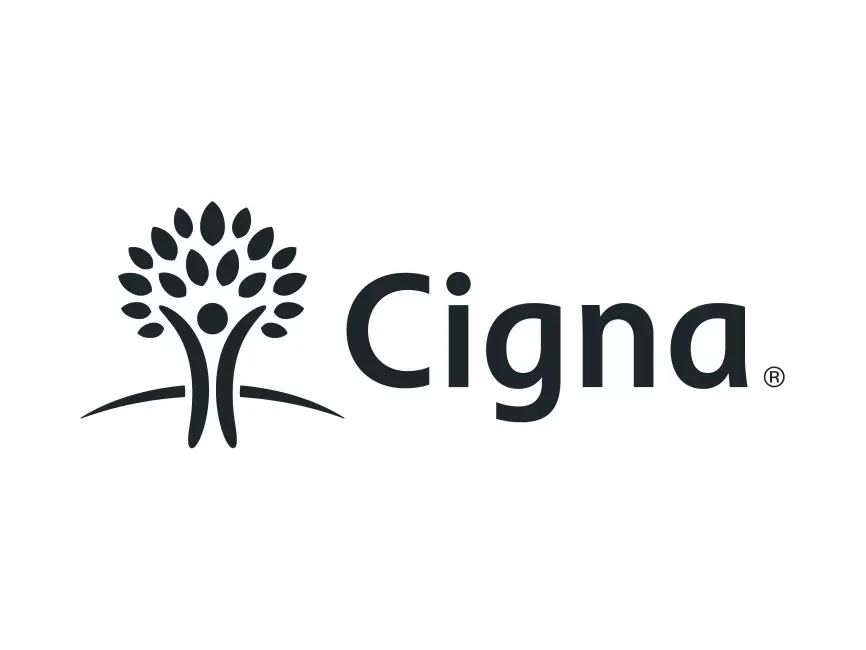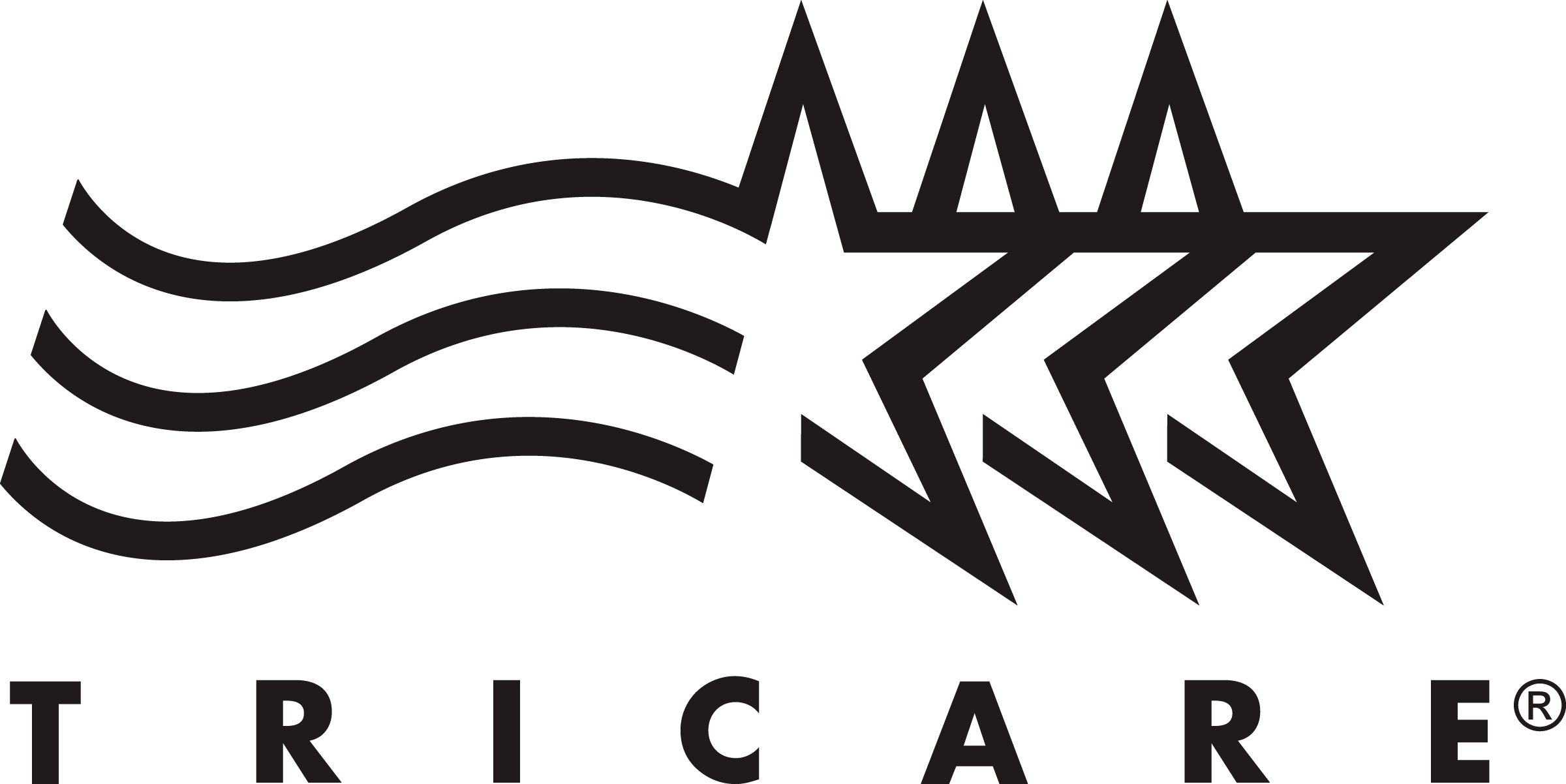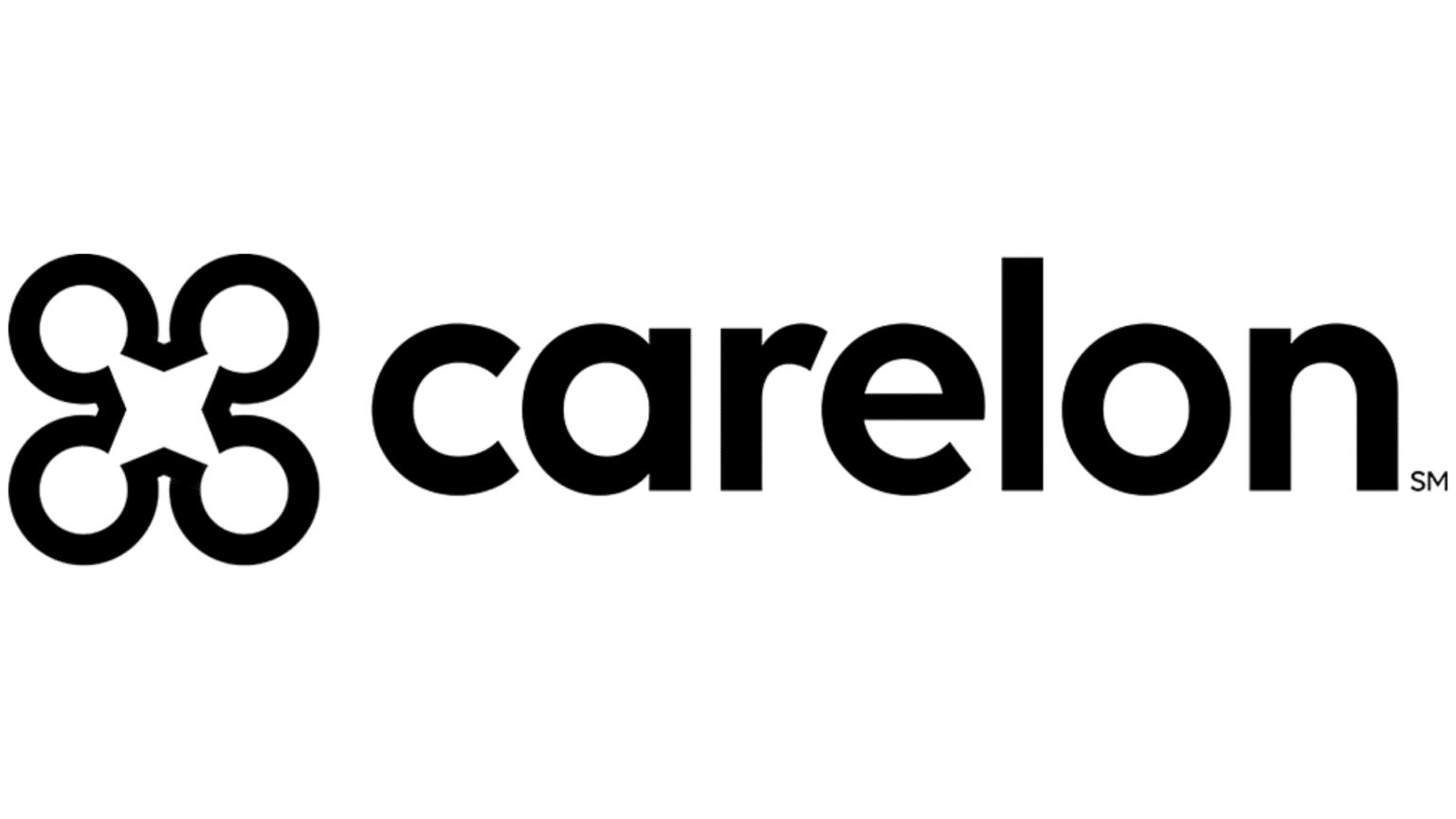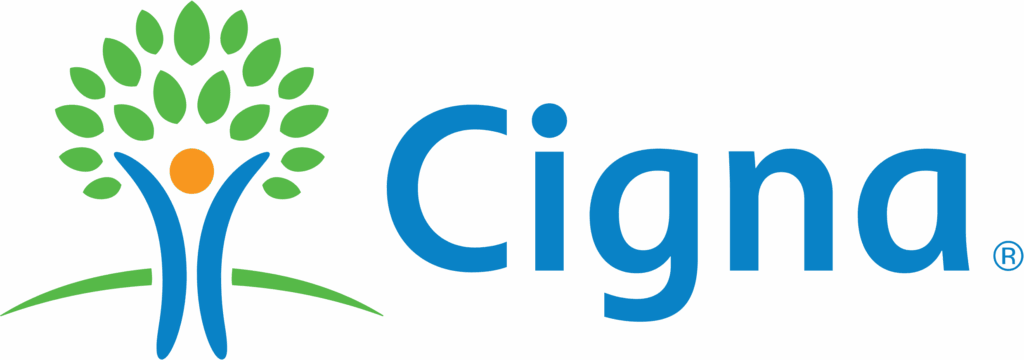Understanding Employee Assistance Programs (EAPs)
To fully appreciate the role of EAPs in substance abuse recovery, it’s helpful to understand what they are and how they function. At their core, EAPs are voluntary, work-based intervention programs designed to assist employees in resolving personal problems that may be adversely affecting their work performance, health, and well-being. These problems can range widely, from psychological issues like depression or anxiety to family matters, financial stress, legal concerns, and, critically, substance abuse or addiction.
The concept of employer-sponsored support for personal issues dates back to the early 20th century, often starting with programs focused on addressing alcoholism among workers. However, modern EAPs began to take shape in the mid-20th century, evolving significantly over time. Initially, they were primarily focused on drug and alcohol problems. Over the decades, recognizing the interconnectedness of various personal issues and their impact on work, EAPs expanded their scope to become comprehensive resources addressing a broader spectrum of challenges. This evolution reflects a growing understanding that employee well-being is holistic and that support needs to be accessible for diverse problems.
Today, EAPs offer a variety of services, typically including:
– Assessment and Referral: EAP counselors are trained to assess the nature and severity of an employee’s problem and recommend appropriate resources or treatment options. This is often the first and most critical step for substance abuse issues, guiding the individual toward specialized care.
– Short-Term Counseling: EAPs often provide a limited number of counseling sessions with a licensed mental health professional. While not intended for long-term therapy, these sessions can offer immediate support, coping strategies, and help the individual prepare for or engage with more intensive treatment if needed.
– Crisis Intervention: Many EAPs offer 24/7 access to support for urgent situations, providing immediate help and guidance during a crisis related to mental health, substance use, or other emergencies.
– Consultation Services: EAPs also serve as resources for managers and supervisors, offering guidance on how to identify and address performance issues that may stem from personal problems, and how to refer employees to the EAP in a supportive manner.
– Work-Life Services: Some EAPs include resources for issues like childcare referrals, elder care, legal assistance, and financial counseling, acknowledging that various stressors can impact an employee’s overall stability and potentially contribute to or exacerbate substance use issues.
The structure of EAPs varies between companies. Some organizations employ in-house EAP counselors, while many others contract with external EAP providers. This external model is very common and often provides a wider network of counselors and specialized resources. Regardless of the model, the core function remains the same: to provide confidential, accessible support that helps employees navigate personal challenges and maintain their professional responsibilities. Understanding these services is the first step for an employee considering reaching out for help with substance abuse. It provides a framework for accessing support without fear of immediate repercussions at work, opening the door to essential treatment options like
Partial Hospitalization Program (PHP) or
Virtual IOP Program depending on individual needs. Taking this step towards recovery is brave, and EAPs are designed to support it. If you’re an employee or a family member wondering about next steps,
check insurance coverage for treatment or
contact us to understand your options, including leveraging EAP benefits.
The Role of EAPs in Substance Abuse Recovery
For individuals struggling with substance abuse, the journey to recovery often begins with acknowledging there is a problem and seeking help. This initial step can be the most challenging, fraught with fear, shame, and uncertainty about where to find trustworthy, effective support. This is where Employee Assistance Programs play a vital, often life-saving, role.
EAPs serve as a confidential and accessible entry point into the world of addiction recovery. Instead of having to navigate the complex landscape of treatment centers, therapists, and support groups on their own, employees can turn to their EAP as a trusted guide. How exactly do EAPs support employees with substance abuse issues?
First and foremost, EAPs offer a confidential space to talk. Confidentiality is a cornerstone of EAP services, particularly crucial when dealing with sensitive issues like substance abuse. Employees can contact the EAP provider, explain their situation, and discuss their struggles without their employer being informed of the specifics of their conversation or the reason for their contact. This privacy helps alleviate the fear of negative consequences at work, such as disciplinary action or job loss, which is a major deterrent for many people seeking help. While there are legal limits to confidentiality (e.g., imminent harm to self or others), within the scope of typical EAP services for personal issues, the employee’s privacy is paramount. This trust is essential for fostering an environment where employees feel safe enough to disclose their struggles with alcohol or drugs.
The process of accessing EAP services for substance abuse typically follows a structured, yet flexible, path:
1. Initial Contact: The employee reaches out to the EAP via phone, website, or sometimes in person. This can be voluntary (self-referral) or prompted by a supervisor who has noticed performance issues (manager referral), though the employee’s participation must still be voluntary.
2. Assessment: An EAP counselor conducts an initial assessment to understand the nature and severity of the substance use problem. This isn’t a clinical diagnosis but rather an evaluation to determine the most appropriate level of care and type of intervention required.
3. Referral: Based on the assessment, the EAP counselor provides referrals to appropriate resources. For substance abuse, this often means referring the employee to specialized addiction treatment programs. Referrals can range from outpatient counseling to more intensive levels of care like
Intensive Outpatient Programs (IOP),
Partial Hospitalization Programs (PHP), or even inpatient rehabilitation centers, depending on the individual’s needs and the severity of their addiction. The EAP counselor helps the employee understand the different options and connects them with specific providers, often taking into account their insurance coverage and location (though location is less of a barrier with remote options).
4. Follow-Up: Some EAPs offer follow-up to check on the employee’s progress and provide additional support or resources if needed.
EAPs don’t typically provide long-term addiction treatment themselves. Their strength lies in their accessibility, confidentiality, and their ability to effectively connect individuals with the specialized care they require. They act as informed navigators, helping employees bypass potential roadblocks and quickly access the right kind of help, whether it’s
drug rehab programs,
alcohol rehab programs,
mental health treatment for co-occurring disorders (
dual diagnosis treatment), or
outpatient detox services if appropriate.
For someone overwhelmed by addiction, the EAP simplifies the process of getting help. It provides a clear, guided path forward, reducing the burden of finding resources independently. This compassionate support is invaluable in the early stages of recovery. If you’re an employee reading this and wondering about your options, consider reaching out to your company’s EAP. It could be the essential first step. You can also proactively explore options like Compassion Recovery Center’s flexible, remote programs by checking your
insurance verification online or contacting us directly to discuss how we can help you
start your recovery journey today.
Benefits of EAPs for Employers and Employees
Implementing and promoting a robust Employee Assistance Program yields significant benefits for both the organization and its most valuable asset: its employees. The positive impact extends far beyond simply addressing individual crises; it contributes to a healthier, more resilient, and more productive workplace culture.
From the employer’s perspective, investing in an EAP, especially one that effectively addresses substance abuse and mental health, offers compelling advantages:
– Increased Productivity: Substance abuse and untreated mental health conditions are major drivers of decreased productivity. Employees may struggle with focus, decision-making, and completing tasks. By helping employees address these underlying issues, EAPs directly contribute to improved performance and efficiency. A healthier employee is a more productive employee.
– Reduced Absenteeism: Addiction and related issues often lead to increased sick days, tardiness, and absenteeism. Employees in active addiction may miss work due to substance use, withdrawal symptoms, or related health problems. EAPs help employees get the treatment they need, leading to a reduction in unplanned absences and a more consistent workforce.
– Lower Healthcare Costs: Untreated substance abuse is associated with higher healthcare utilization and costs due to accidents, injuries, chronic health problems, and emergency room visits. By facilitating access to treatment and recovery, EAPs help employees manage their health more effectively, potentially lowering overall healthcare expenses for the employer and the employee.
– Improved Workplace Safety: Substance use significantly impairs judgment, coordination, and reaction time, increasing the risk of accidents and injuries, particularly in safety-sensitive positions. An EAP that helps employees address substance abuse contributes directly to a safer work environment for the individual and their colleagues, reducing the likelihood of costly incidents.
– Enhanced Employee Morale and Retention: Offering an EAP demonstrates that an employer cares about the well-being of their staff. This can boost morale, foster a sense of loyalty, and make employees feel valued. Companies known for supporting their employees often experience higher retention rates, reducing recruitment and training costs.
– Reduced Legal and Liability Issues: Addressing substance abuse proactively through an EAP can help mitigate potential legal liabilities associated with workplace accidents, performance issues, or violations of drug and alcohol policies.
For employees, the benefits of having access to an EAP are profoundly personal and impactful:
– Accessible and Confidential Support: As discussed, the privacy and ease of accessing professional help are paramount. Employees can get support for difficult issues without fear of judgment from colleagues or managers.
– Connection to Vital Resources: EAPs serve as a critical bridge to specialized help, especially for complex issues like addiction. They simplify the process of finding treatment centers, therapists, support groups, and other recovery resources tailored to individual needs and circumstances. This guidance can save employees time, stress, and confusion during a vulnerable time.
– Support for a Wide Range of Issues: While our focus is on substance abuse, EAPs are holistic resources. An employee struggling with addiction might also be facing related financial stress, family problems, or mental health challenges. The EAP can help them address all these interconnected issues.
– Improved Health and Well-being: By providing access to counseling and treatment, EAPs empower employees to address underlying problems affecting their physical and mental health, leading to overall improved well-being and quality of life.
– Support for Family Members: Many EAPs extend their services to family members, recognizing that personal issues, especially addiction, impact the entire family unit. Providing support to spouses, partners, or dependents can strengthen the employee’s support system and contribute to a more stable home environment, which is vital for recovery. Accessing
virtual couples counseling rehab or family support through EAP referrals can be incredibly beneficial.
Consider the potential impact of EAPs. An employee facing the severe consequences of alcohol dependence might be hesitant to speak up at work. Their EAP offers a confidential phone line. Through this phone call, they receive compassionate understanding and a referral to an
alcohol rehab program that accepts their insurance. This immediate connection bypasses weeks of potentially agonizing research and fear, allowing them to quickly access the help they desperately need, perhaps even a
remote outpatient program that fits their schedule. This access not only helps the employee regain control of their life but also allows them to remain a valued, contributing member of the workforce, ultimately benefiting everyone.
EAPs are not just a reactive measure; they are a proactive investment in human capital and organizational health. By providing easy access to support for substance abuse and other challenges, employers create a culture where asking for help is encouraged, not penalized. If your employer offers an EAP, consider it a powerful tool in your wellness arsenal. If you’re an employer, evaluate your EAP to ensure it effectively meets the diverse needs of your workforce, including robust pathways to comprehensive addiction treatment like that offered by Compassion Recovery Center. You can
verify your insurance online to see how your benefits might cover these essential services.
Integration of EAPs with Remote and Telehealth Services
The landscape of healthcare has been rapidly transformed by technology, and addiction treatment is no exception. The rise of telehealth and remote services has revolutionized how people can access care, breaking down traditional barriers like geography, transportation, and scheduling conflicts. This technological shift presents a powerful opportunity for Employee Assistance Programs to enhance their effectiveness in supporting substance abuse recovery.
Telehealth, or telemedicine, refers to the delivery of health services, including therapy, counseling, and medical consultations, using telecommunication technologies like video conferencing, phone calls, and online platforms. For addiction treatment, this means individuals can participate in therapy sessions, group counseling, and even medical appointments (like those related to
MAT treatment online) from the comfort and privacy of their own homes or other convenient locations.
How can EAPs leverage this trend to better serve employees struggling with substance abuse? Traditionally, EAP referrals might have been limited to local counselors or treatment centers within commuting distance. However, with telehealth, EAP counselors can connect employees with a much wider network of specialized providers, regardless of the employee’s physical location.
Specifically, EAPs can easily integrate referrals to:
– Remote IOP (Intensive Outpatient Programs):
Virtual IOP Programs offer the structure and support of traditional IOP but delivered entirely online. This is ideal for employees who need significant support but cannot take time off work for residential treatment or travel daily to a physical center. An EAP can assess the employee’s need for intensive support and refer them directly to a trusted provider offering remote IOP, like Compassion Recovery Center, which specializes in
telehealth addiction treatment.
– Online CBT Therapy: Cognitive Behavioral Therapy (CBT) is a highly effective form of therapy used in addiction treatment. EAPs can refer employees to licensed therapists who provide
online CBT therapy sessions via video link. This offers flexibility and makes it easier for employees to fit therapy into their busy schedules.
– Virtual Counseling and Support Groups: Beyond IOP, EAPs can refer employees to individual virtual counseling sessions or online support groups focused on addiction and recovery. These platforms provide ongoing support and connection, which are crucial for maintaining sobriety.
– MAT Treatment Online Consultations: For individuals who may benefit from Medication-Assisted Treatment (MAT), EAPs can facilitate referrals to healthcare providers who offer
MAT treatment online. This allows employees to have initial consultations and follow-up appointments remotely, making this evidence-based treatment more accessible.
The benefits of leveraging telehealth for EAP referrals to addiction treatment are numerous:
– Increased Accessibility: Telehealth removes geographical barriers, making it easier for employees in rural areas or those with limited transportation to access high-quality care. For residents of
Orange County, CA, specifically, or those located elsewhere but seeking a CA-based license provider, virtual options mean they can connect with specialists without commuting through traffic. Compassion Recovery Center proudly offers
virtual rehab California residents can access from anywhere in the state.
– Greater Flexibility: Remote sessions can often be scheduled more flexibly, making it easier for employees to attend appointments without disrupting their work day significantly. This flexibility is critical for retaining employment while receiving treatment.
– Enhanced Privacy and Comfort: Receiving treatment from a familiar and safe environment can reduce anxiety and make individuals more comfortable opening up about their struggles. The privacy of logging into a session from home can be a significant advantage for those hesitant about visiting a physical clinic.
– Reduced Wait Times: In some areas, finding available in-person therapists or program spots can involve long wait times. Telehealth expands the pool of available providers, potentially reducing delays in accessing care.
– Continued Support: Telehealth makes it easier to maintain continuity of care, even if an employee travels or relocates. They can continue working with the same therapist or program remotely.
For Compassion Recovery Center, specializing in
remote drug rehab Orange County and California-wide, integration with EAPs is a natural fit. We provide the very types of virtual services that EAPs can refer employees to – from
Virtual IOP Program to online therapy and counseling. Our approach focuses on providing compassionate, evidence-based care that fits into people’s lives.
Employers can proactively work with their EAP providers to ensure they have strong referral pathways to telehealth addiction treatment options. This includes vetting virtual providers and understanding their programs. For employees, knowing that your EAP can connect you with these modern, flexible treatment options is empowering. If you’re an employee considering seeking help, ask your EAP about virtual options or directly explore
virtual outpatient treatment at Compassion Recovery Center. You can easily
verify your insurance online to see how these accessible services are covered. Getting help has never been more within reach.
Get help for substance abuse today.
Challenges and Limitations of EAPs
While Employee Assistance Programs are incredibly valuable resources in the fight against substance abuse and other personal issues, it’s important to acknowledge that they are not without their challenges and limitations. Understanding these helps employers and employees manage expectations and work towards overcoming potential barriers to effective utilization and outcomes.
One of the most common challenges for EAPs, particularly concerning substance abuse, is low utilization rates. Despite being offered, many employees either don’t know about their EAP, forget it exists, or are hesitant to use it. This can be due to several factors:
– Lack of Awareness: Companies may not effectively communicate the existence and benefits of the EAP to their workforce.
– Stigma: Despite EAPs emphasizing confidentiality, the stigma associated with mental health issues or substance abuse can still prevent employees from reaching out, fearing it might negatively impact their career even indirectly.
– Misunderstanding Confidentiality: Some employees may not fully trust the confidentiality guarantee, worrying that their employer will find out about their problems.
– Perceived Limited Scope: Employees might not realize the full range of services offered by the EAP and may not think it’s the right place to go for addiction issues.
– Difficulty Accessing Services: While many EAPs offer 24/7 hotlines, navigating the system, understanding the assessment process, or connecting with a counselor can still feel daunting to someone in crisis.
Another significant challenge relates to the scope and duration of services. EAPs are designed for assessment, short-term counseling, and referral, not long-term treatment. While they can provide a few initial counseling sessions, they are not a substitute for the comprehensive, ongoing care often required for addiction recovery. The transition from the EAP’s initial support to engaging with a referred treatment provider can sometimes be a point where individuals drop off. If the referred resource isn’t readily available, affordable, or a good fit, the employee might not follow through.
Furthermore, the quality and specialization of EAP counselors can vary. While many EAP counselors are highly skilled, not all may have extensive experience specifically in addiction treatment and recovery. While they are trained to assess and refer, the depth of their understanding of complex addiction dynamics or co-occurring mental health disorders (
dual diagnosis) might be limited compared to a specialist in an addiction treatment center.
Limitations can also arise from the employer’s perspective. The level of investment in the EAP, both financially and in terms of promoting it, can impact its effectiveness. Budget constraints might limit the number of available counseling sessions or the quality of the external provider network. Managers might also lack training on how to identify signs of struggle in employees or how to appropriately and supportively refer someone to the EAP without crossing boundaries or violating privacy.
The complexity of navigating insurance and treatment options after an EAP referral can also be a barrier. While the EAP might suggest different levels of care (IOP, PHP, etc.), the employee still has to verify their insurance coverage, understand their benefits, and choose a provider that meets their clinical and practical needs. This is where resources like Compassion Recovery Center, which simplifies the admissions process and helps with
insurance verification for
remote drug rehab in Orange County and beyond, can complement EAP services effectively.
Potential solutions to these challenges include:
– Increased Communication and Education: Employers need to regularly communicate about the EAP, explaining what it is, how it works, who can use it, and emphasizing confidentiality. This should go beyond a single email during onboarding.
– Manager Training: Providing training to managers on recognizing signs of distress and making supportive EAP referrals can increase appropriate utilization.
– Reducing Stigma: Fostering a workplace culture that supports mental health and recovery efforts can help reduce the fear of seeking help. This involves leadership visibly endorsing the EAP and prioritizing employee well-being.
– Ensuring Robust Referral Networks: EAP providers must have strong, diverse referral networks, including connections to modern, accessible options like
virtual IOP and
alcohol rehab programs delivered via telehealth.
– Integration with Wellness Initiatives: Embedding the EAP within broader workplace wellness programs can normalize its use and make it feel less like a resource only for crises.
While EAPs have limitations, their role as a confidential entry point and referral source remains invaluable. Recognizing these challenges allows for continuous improvement and ensures that EAPs are as effective as possible in connecting employees with the help they need, including specialized
virtual rehab California options. If you are an employee who has used your EAP but need further support or are looking for flexible treatment options, don’t hesitate to explore providers like Compassion Recovery Center.
Contact us to learn more about how our programs can support your ongoing recovery journey.
The Future of EAPs in Substance Abuse Recovery
The landscape of work, employee needs, and healthcare is constantly evolving, and Employee Assistance Programs are adapting to stay relevant and effective, particularly in supporting substance abuse recovery. The future of EAPs is likely to be shaped by technological advancements, a greater emphasis on proactive well-being, and deeper integration with overall health strategies.
One of the most significant drivers of change is the continued advancement and adoption of technology. We’ve already seen the rise of telehealth, which dramatically increases accessibility to addiction treatment. In the future, EAPs will likely leverage technology even further. This could include:
– Digital Platforms and Apps: Offering EAP services through intuitive mobile apps or online portals can make it easier for employees to access resources, schedule appointments, and engage with self-help tools anytime, anywhere.
– AI and Chatbots: While human interaction will remain crucial, AI-powered chatbots could potentially provide initial screening, answer basic questions, and guide users to appropriate resources 24/7, serving as an immediate filter before connecting with a counselor.
– Data Analytics: EAPs can use aggregated, anonymized data to identify trends in employee needs (e.g., rising rates of anxiety, financial stress, or substance use issues) and tailor interventions or educational campaigns accordingly. This allows for a more proactive approach.
– Wearable Technology Integration: In the long term, integration with wellness data from wearables could potentially offer insights, though privacy considerations here are paramount and complex.
Beyond technology, the future of EAPs will likely involve a greater focus on proactive and preventative measures. Instead of solely being a resource for employees in crisis, EAPs are moving towards offering more tools and resources to help employees manage stress, build resilience, and prevent problems from escalating. This could include expanded wellness coaching, mental health training, financial planning workshops, and educational content on recognizing the early signs of substance use issues. This shift aligns with a broader workplace trend towards fostering holistic employee well-being.
Enhanced integration is another key trend. Future EAPs will likely be more seamlessly integrated with other employee benefits, such as health insurance plans, wellness programs, and disability management services. This means smoother transitions for employees needing referrals for long-term care, making it easier to understand how EAP services, health benefits, and specialized treatment providers like Compassion Recovery Center offering
drug rehab programs or
Virtual IOP Program work together. Imagine a future where an EAP assessment could directly initiate the insurance verification process for a recommended treatment program, simplifying a current point of friction.
There’s also a growing recognition of the need for personalized and culturally competent EAP services. As workforces become more diverse, EAPs need to ensure their resources, counselors, and referral networks are equipped to meet the specific needs and cultural contexts of all employees. This includes providing access to therapists who understand diverse backgrounds and referring to treatment centers that offer tailored programs.
For substance abuse recovery specifically, the future promises:
– More Accessible MAT Referrals: Greater integration with telehealth providers will make it easier for EAPs to refer employees to accessible
MAT treatment online options, combining counseling with medication support.
– Specialized Virtual Care Pathways: EAPs will increasingly develop specific pathways for referring employees directly into specialized
virtual rehab California programs or remote
mental health treatment for co-occurring disorders.
– Support for New Addictions: As societal challenges evolve, EAPs are expanding to cover newer issues like
social media addiction treatment, recognizing the diverse ways addictive behaviors can manifest.
The future of EAPs is bright with potential to become even more effective allies in employee well-being and recovery. By embracing technology, focusing on prevention, and integrating services, EAPs can overcome current limitations and provide more seamless, accessible, and personalized support. This evolution directly benefits employees struggling with substance abuse by opening more doors to flexible and effective treatment options like those offered by Compassion Recovery Center. Employers who invest in these forward-thinking EAPs are investing in a healthier, more productive, and more compassionate workplace. If your company has an EAP, explore its current offerings. If you’re seeking help for yourself or a loved one and are interested in flexible, remote options, learn more about
Admissions Information at Compassion Recovery Center or
contact us to see how we can help you start your journey with
Orange County IOP level care delivered virtually.
Conclusion
In conclusion, Employee Assistance Programs (EAPs) serve as an indispensable resource in the complex landscape of substance abuse recovery. They represent a critical intersection point where employee well-being and organizational health converge. For individuals struggling with addiction, navigating the path to recovery can be overwhelming, but EAPs provide a confidential, accessible, and supportive first step.
We’ve explored how EAPs function as confidential touchpoints, offering initial assessment, short-term counseling, and, most importantly, guided referrals to specialized treatment. This role is vital in helping employees overcome the initial barriers of fear and uncertainty, connecting them with the appropriate level of care, whether it’s an
Intensive Outpatient Program (IOP),
Partial Hospitalization Program (PHP), or other specialized services like
drug rehab programs or
alcohol rehab programs.
The benefits of effective EAPs extend to both employees and employers. Employees gain access to vital support, confidential counseling, and pathways to recovery, leading to improved health, well-being, and stability. Employers benefit from increased productivity, reduced absenteeism, enhanced safety, lower healthcare costs, and improved employee morale and retention. It’s a mutual investment in a healthier workforce and a stronger organization.
A particularly exciting development is the integration of EAPs with telehealth services. The rise of
telehealth addiction treatment has removed significant barriers to accessing care, offering flexibility, privacy, and convenience. EAPs are increasingly leveraging this by referring employees to
remote IOP,
online CBT therapy,
MAT treatment online, and
virtual couples counseling rehab. Providers like Compassion Recovery Center, specializing in
virtual rehab California and serving areas like
Orange County IOP needs remotely, are perfectly positioned to receive these referrals and provide the high-quality, accessible care employees need to recover while managing their work and life responsibilities.
While challenges such as low utilization and service limitations exist, the future of EAPs points towards increased technological integration, a more proactive approach to well-being, and seamless integration with other health benefits. These advancements promise to make EAPs even more effective in connecting employees with the support they need, including the increasingly popular and effective remote treatment options.
For employers, investing in a comprehensive, well-communicated EAP with strong referral pathways to modern telehealth addiction treatment is not just socially responsible; it’s a strategic business decision that fosters a resilient and thriving workforce. For employees, understanding and utilizing your EAP benefits can be the crucial first step toward addressing substance abuse or other personal challenges. Don’t let fear or uncertainty hold you back. Your EAP is there to help you find the right resources.
If you or someone you know is struggling, remember that confidential help is available. Explore your company’s EAP, and know that flexible, effective treatment options like those offered by Compassion Recovery Center are within reach. We specialize in providing compassionate, evidence-based addiction treatment via telehealth, making recovery accessible no matter where you are in California. You can learn more about our programs, easily
verify your insurance coverage online, or
contact us for a confidential assessment. Taking action today is the bravest step you can take toward healing and a healthier future.
Start your recovery journey today.
What is an Employee Assistance Program (EAP)?
An Employee Assistance Program (EAP) is a voluntary, confidential, work-based program that provides employees and their family members with access to assessment, short-term counseling, and referrals for a wide range of personal and work-related problems, including substance abuse, mental health issues, financial stress, and relationship difficulties.
How do EAPs help with substance abuse recovery?
EAPs help with substance abuse recovery by providing a confidential entry point to discuss struggles without fear of employer reprisal. They offer initial assessment and refer individuals to appropriate levels of specialized care, such as outpatient programs, intensive outpatient programs (IOP), or residential treatment centers, and may offer limited short-term counseling as a bridge to treatment.
Are EAP services confidential?
Yes, confidentiality is a core principle of EAP services. Conversations between an employee and an EAP counselor are confidential and not shared with the employer, except in legally mandated situations (e.g., imminent danger to self or others). This encourages employees to seek help without fear of negative professional consequences.
Can EAPs be accessed remotely through telehealth?
Yes, many EAPs today offer access to services remotely via phone or video conferencing. Furthermore, EAPs can refer employees to specialized addiction treatment providers, like Compassion Recovery Center, who offer programs like virtual IOP, online therapy, and remote counseling via telehealth platforms, significantly increasing accessibility.
What are the benefits of EAPs for employers?
Benefits for employers include increased employee productivity, reduced absenteeism and presenteeism, lower healthcare costs, improved workplace safety, enhanced employee morale, higher retention rates, and reduced potential legal liabilities related to untreated employee issues.
How can employees access EAP services?
Employees typically access EAP services by contacting the EAP provider directly via a dedicated phone number or website provided by their employer. This can be a self-referral or initiated after a conversation with a supervisor. Information about the EAP is usually found in employee handbooks or company intranet sites.
What challenges do EAPs face in substance abuse recovery?
Challenges include low employee utilization rates due to lack of awareness or stigma, the limited scope of EAP services (not providing long-term treatment), potential variations in counselor specialization, and the complexities employees face navigating the referral process to specialized addiction treatment providers and managing insurance benefits.
How do EAPs integrate with telehealth services?
EAPs integrate with telehealth by offering their own assessment and counseling sessions remotely and, crucially, by referring employees to a wider network of specialized addiction treatment providers who offer services like virtual IOP, online therapy (including CBT), and MAT consultations via telehealth, making treatment more accessible and flexible.




